Bugs and butterflies at the Wildflower Center, part 2
Continuing our garden stroll through Austin’s Lady Bird Johnson Wildflower Center (here’s part 1 of my visit), let’s enter the Family Garden, where paving by the restrooms and shade pavilion is softened with rain gardens planted with water-appreciating native plants.
A rain garden, Texas-style, planted with mistflower, giant coneflower, dwarf palmetto, and bald cypress in front of the shade pavilion
A galvanized metal cistern collects water off the pavilion’s roof.
American beautyberry, Turk’s cap, and inland sea oats make a nice combo for shade or part-shade.
Dry-loving plants occupy sunnier beds, where steely blue agaves color-echo Arizona cypresses.
Along a decomposed-granite path, Arizona cypress makes a silvery blue and aromatic screen, with blue wheeler’s sotol, tawny Mexican feathergrass, and pink-flowering autumn sage in front.
Water is for play here too. After all, what kid doesn’t like to splash in or pour water from a bucket? Eight holey limestone boulders sit at “headwaters” of little creeks that merge into a larger stream. A hand pump stands nearby with a stack of plastic buckets that kids can fill with water and pour over rocks, or into the stream, or over their heads if they’re fast enough, before mom or dad can stop them.
Looking downstream
The stream flows toward a rock wall, over which a waterfall dramatically spills. Behind the waterfall is a cave you can explore, with an opening that invites views through the scrim of water.
A spiral wall, perfect for balancing on, is decorated with tile mosaics of the Fibonacci number sequence and native plants with spirals…
…like Turk’s cap.
Liatris leans against it. That’s probably Gulf muhly grass next to it.
Every plant I looked at closely seemed to have a buggy visitor enjoying it also, like this praying mantis.
And this grasshopper…
…which was hanging out in the Turk’s cap.
A wider view shows, in the background, a child-sized tunnel that leads to the waterfall.
Buttonbush (Cephalanthus occidentalis), another native plant suitable for rain gardens, has fascinating spherical flowers.
Honeybees were enjoying them.
Check out that full pollen basket on her leg!
Nearby, a golden leadball tree (Leucaena retusa) sports spherical flowers of mustard yellow.
A maze with hedged walls of native plants has been slow to fill in. Dwarf yaupon hollies, for example, are notoriously slow growers.
For a “before” picture, here’s how it looked, newly planted, two years ago. Since then, some of the native hedge shrubs have been replaced with different, faster-growing options. The inner circle of cenizo is now planted with Carolina jessamine vine (I think) trained on sandwiched trellises of wire fencing. Scroll back up one picture for another look.
A hedge of dwarf Barbados cherry has filled out nicely!
Squatting at the center of the maze, a fun frog sculpture with glassy eyes…
…offers an opportunity for a reflected selfie.
The big Habiturf play lawn was empty except for a coyote sculpture on this cloudy morning.
Looking across a mass of goldenrod, here’s the view from the other side.
Mistflower in full bloom is clearly irresistible to queen butterflies.
Lovely even with a tattered wing
That’s all for now. For a look back at Part 1 of my visit, click here.
By the way, I’ll be at the Wildflower Center’s member’s day Fall Plant Sale on Friday, October 14. I’ll be signing books from 1 to 3 pm in the Wild Ideas gift shop. Even if you’re not a member, of course you can still come on out and see the gardens and stop in at Wild Ideas. I hope to see you there!
I welcome your comments; please scroll to the end of this post to leave one. If you’re reading this in a subscription email, click here to visit Digging and find the comment box at the end of each post.
_______________________
Digging Deeper: News and Upcoming Events
South Texans, come see me at the 2nd annual Planta Nativa festival in McAllen, Texas, on Saturday, October 22. I’ll be delivering the keynote talk, “Local Heroes: Designing with Native Plants for Water-Saving Gardens,” that evening. Tickets are on sale at Quinta Mazatlan. I hope to see you there!
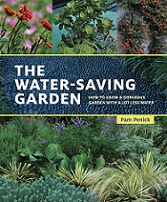
All material © 2006-2016 by Pam Penick for Digging. Unauthorized reproduction prohibited.


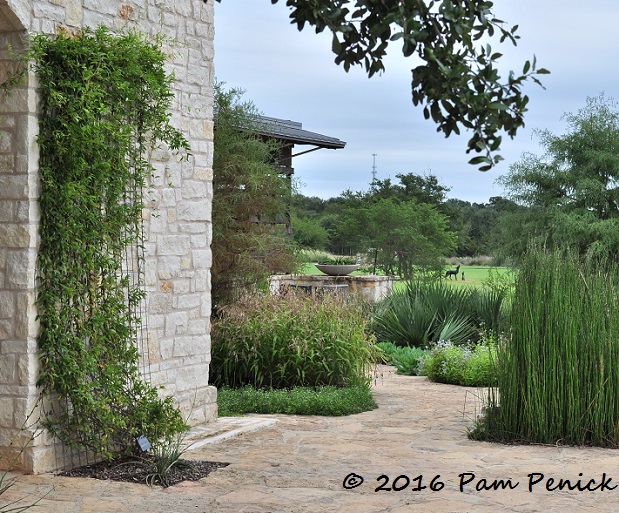
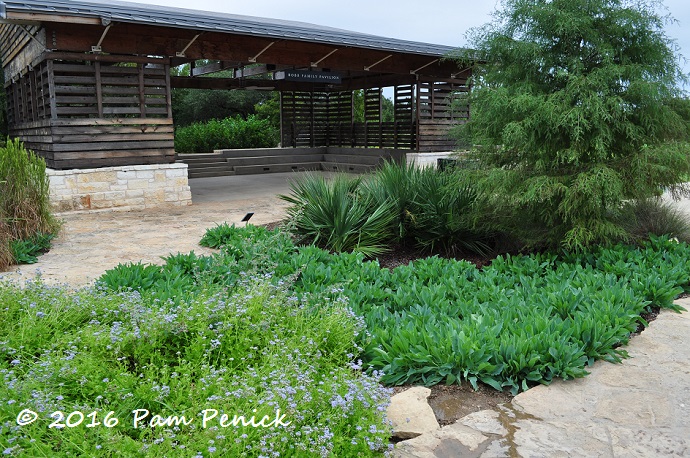
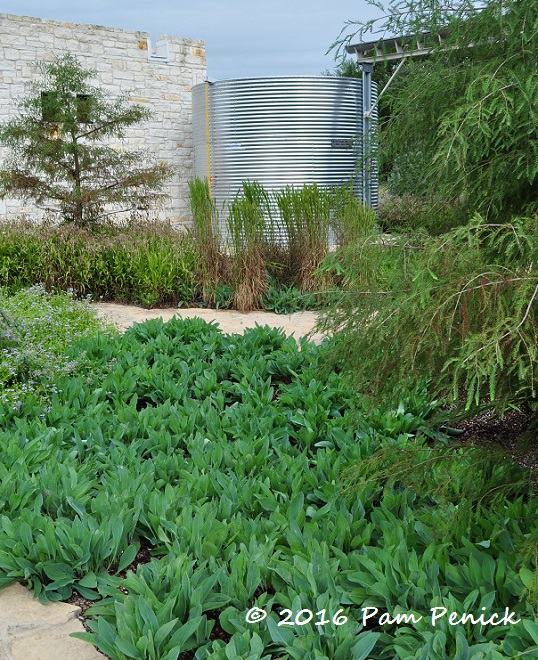
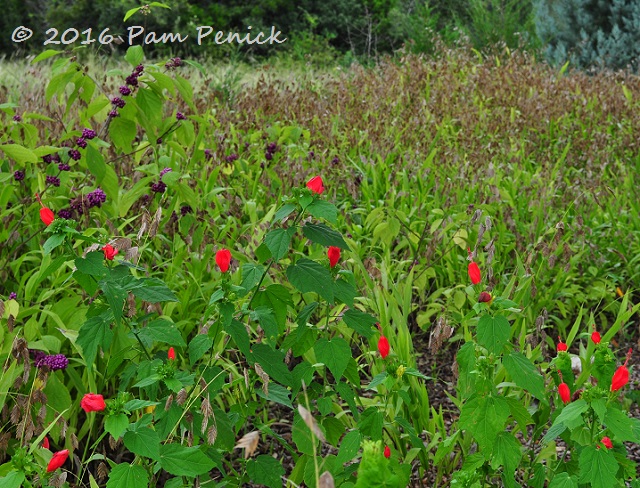
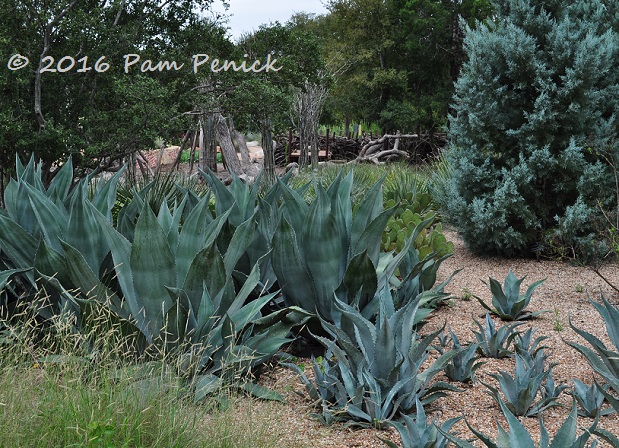
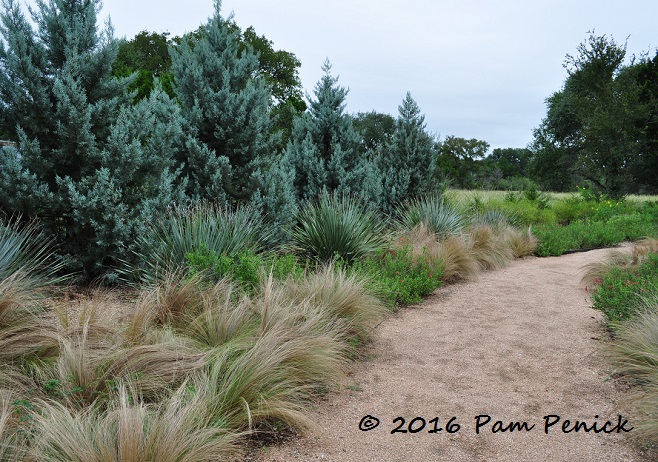
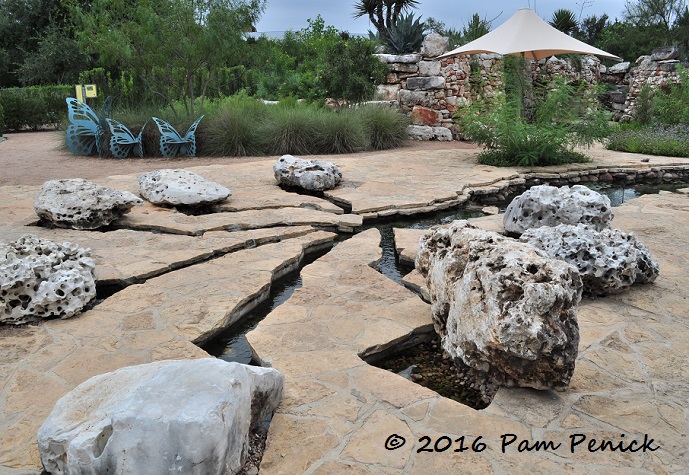
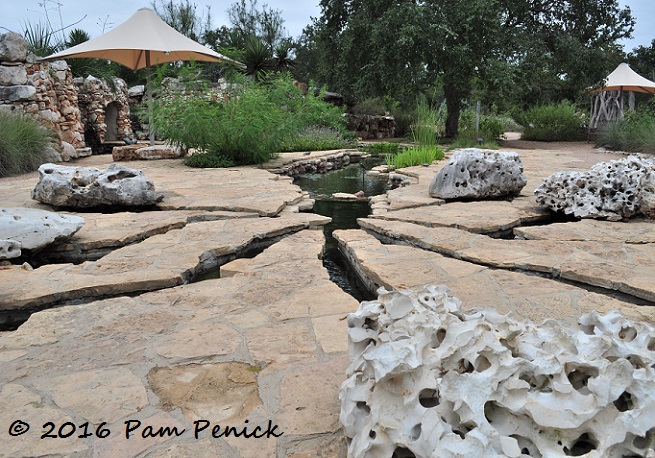
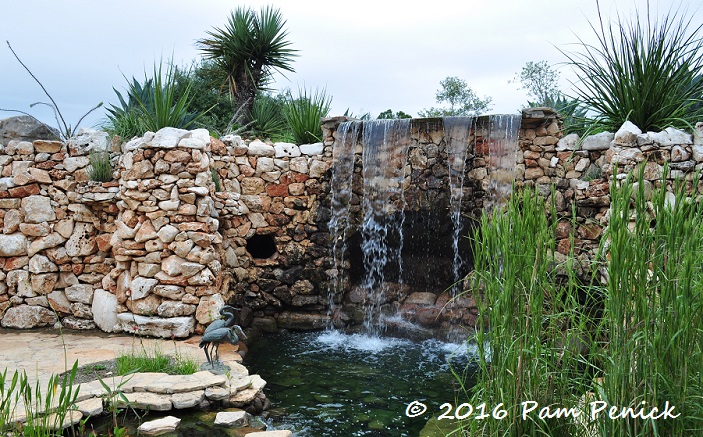
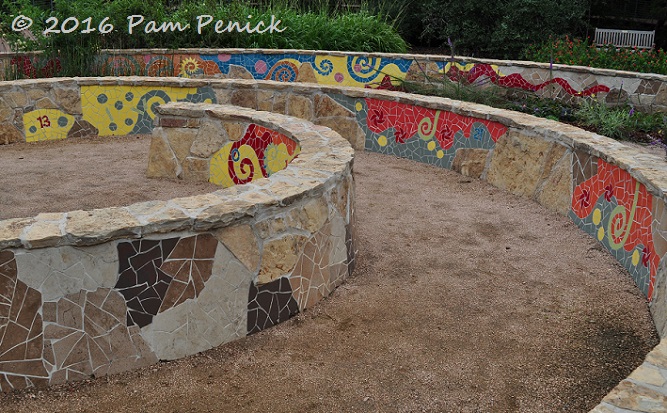
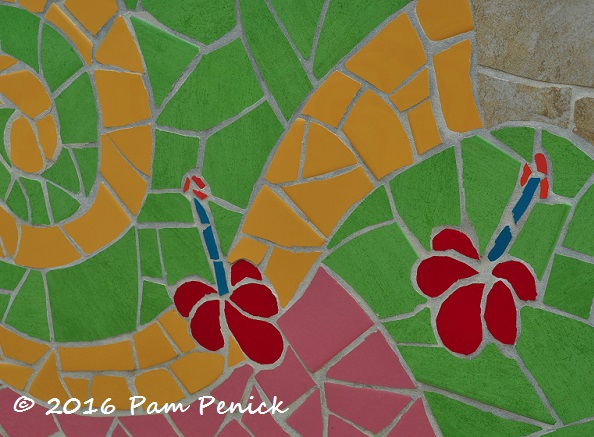
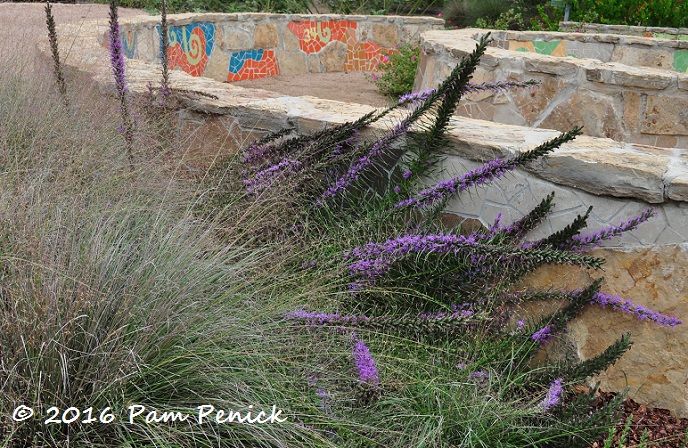
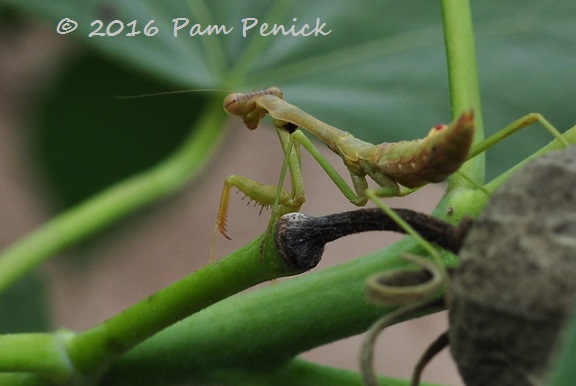
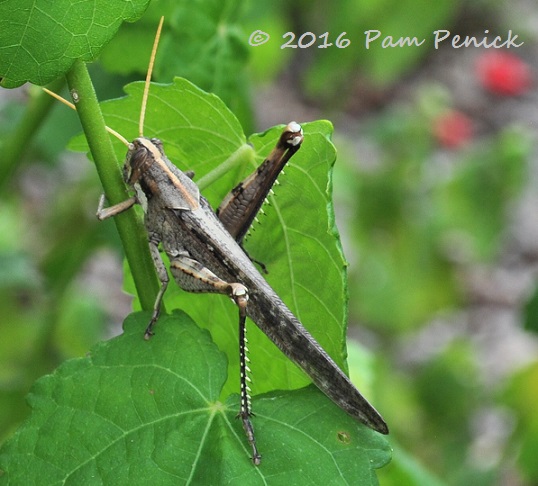
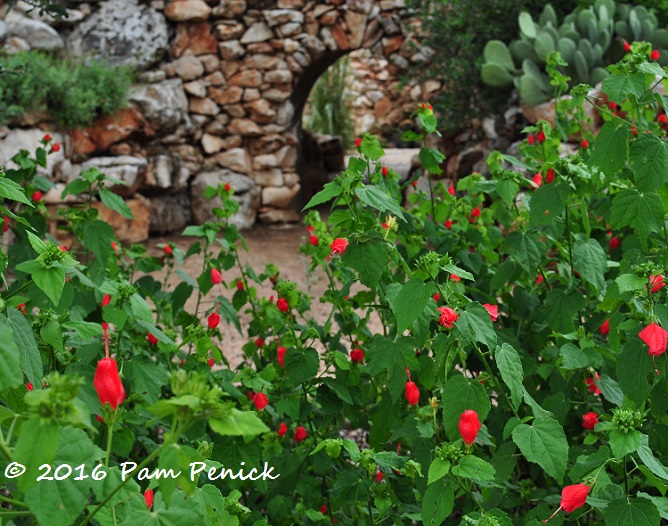
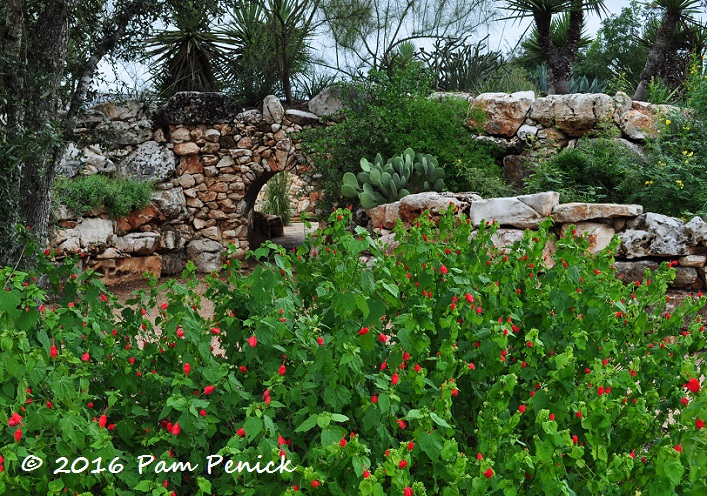
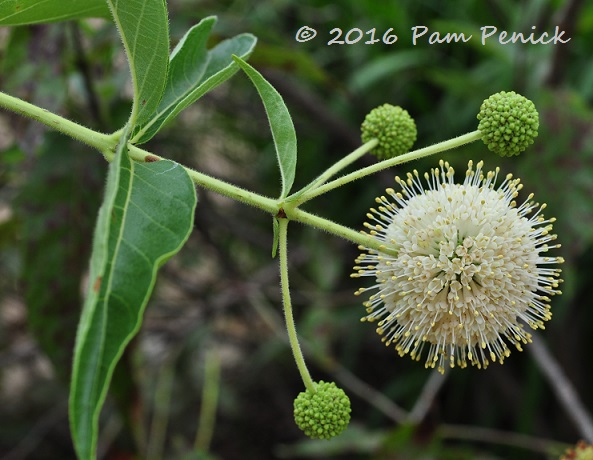
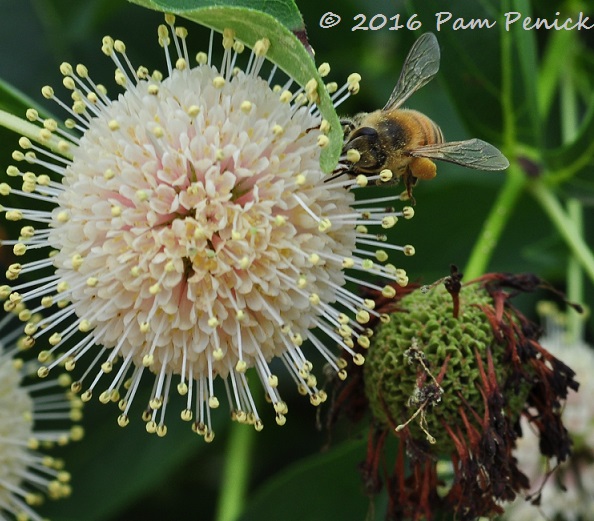
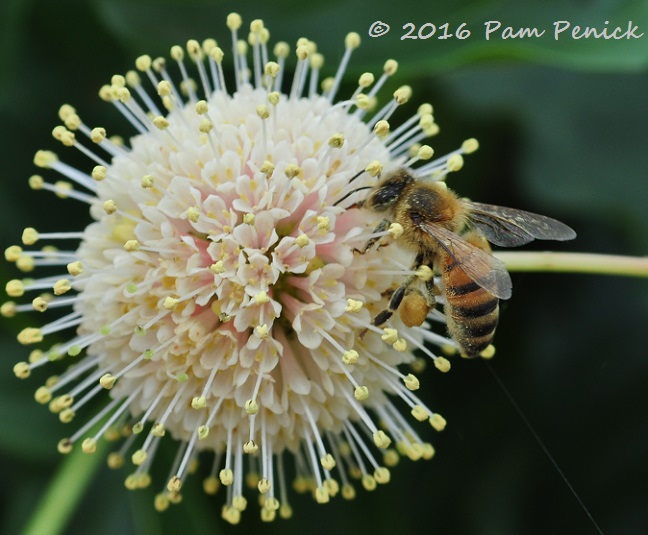
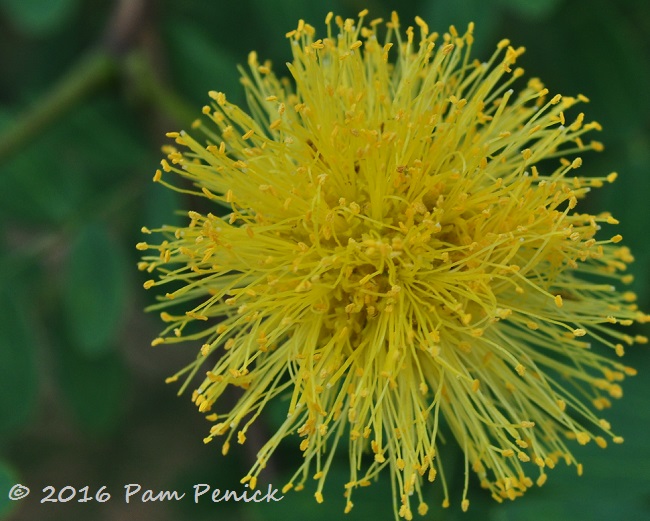
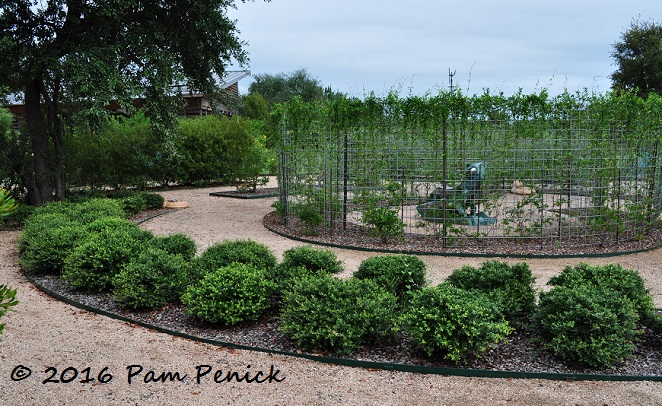

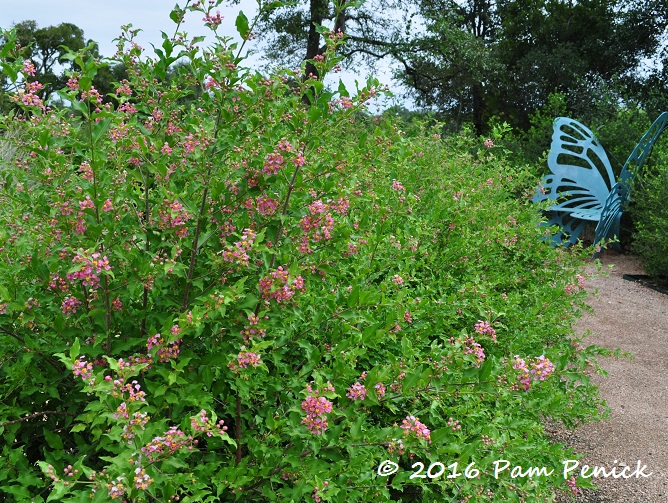
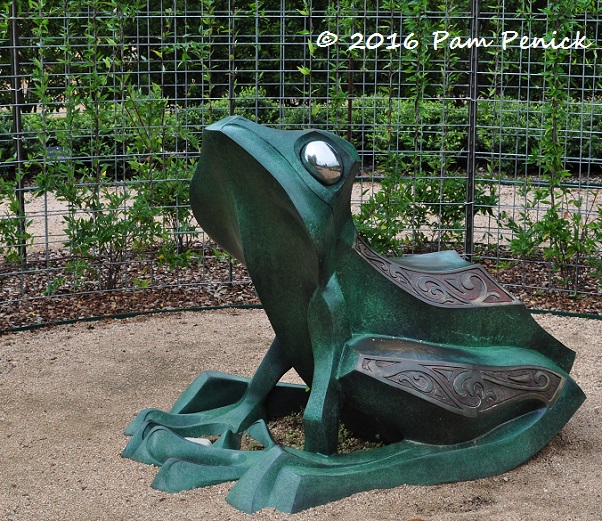
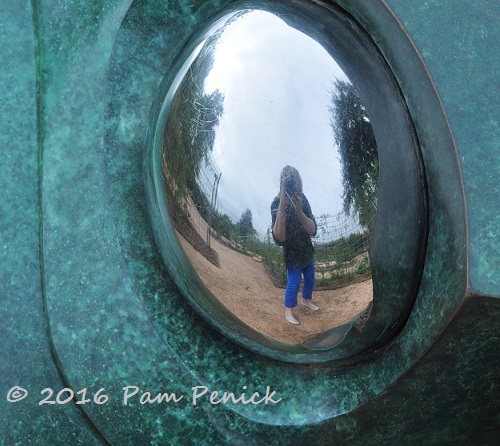
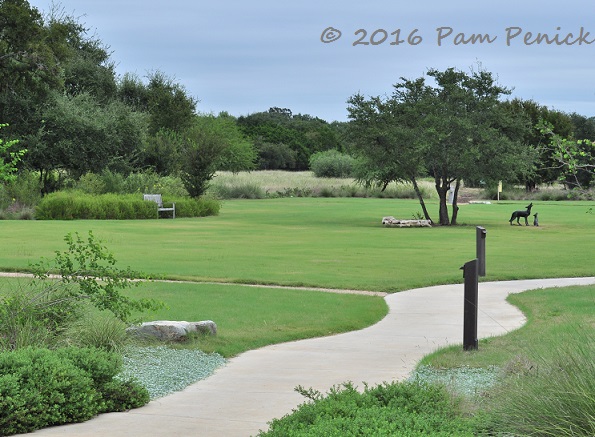
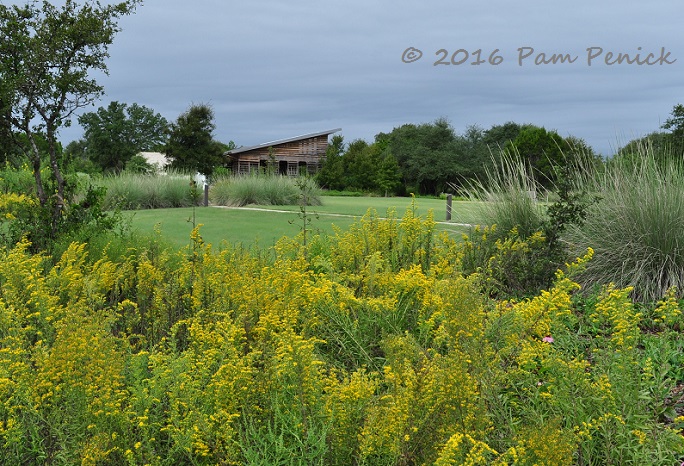
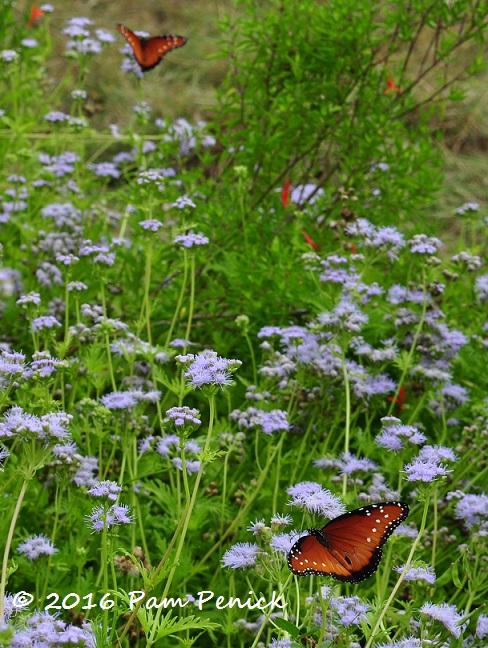
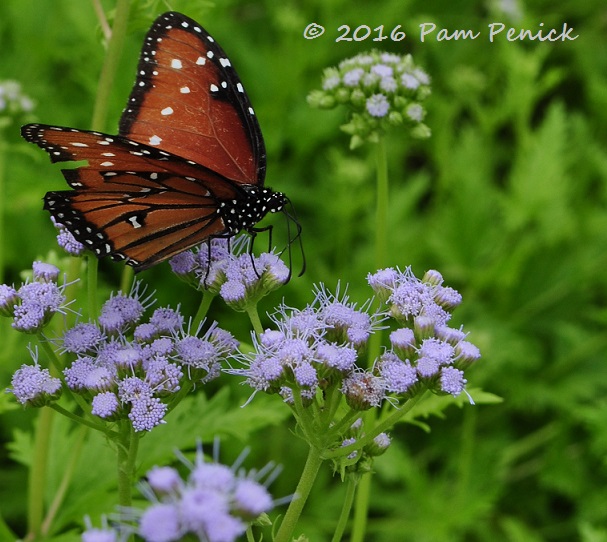
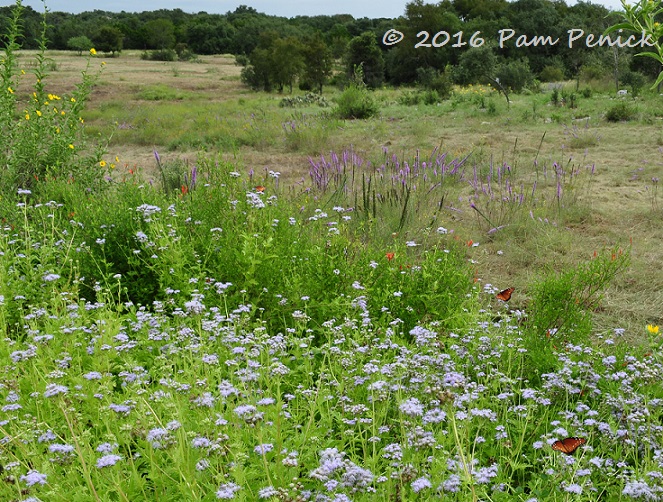
feeling a 2018 Fling Destination in my future…
Oh, yeah, baby! See you in Austin in 2018, KS! —Pam
It’s a truly lovely garden, bugs and all.
It sure is, Kris. I’ve spent so much time there over the past 20 years. —Pam
Well, I’ll echo ks’s reaction – can’t wait to visit this garden in person! And I must say that the photos of the bee on the buttonbush are truly awe inspiring. Triple love them 🙂
Thanks, Margaret, and I look forward to seeing you in Austin in 2018! —Pam